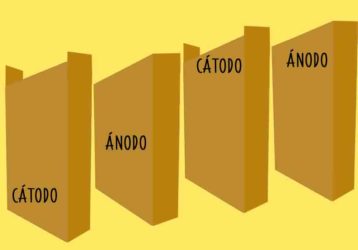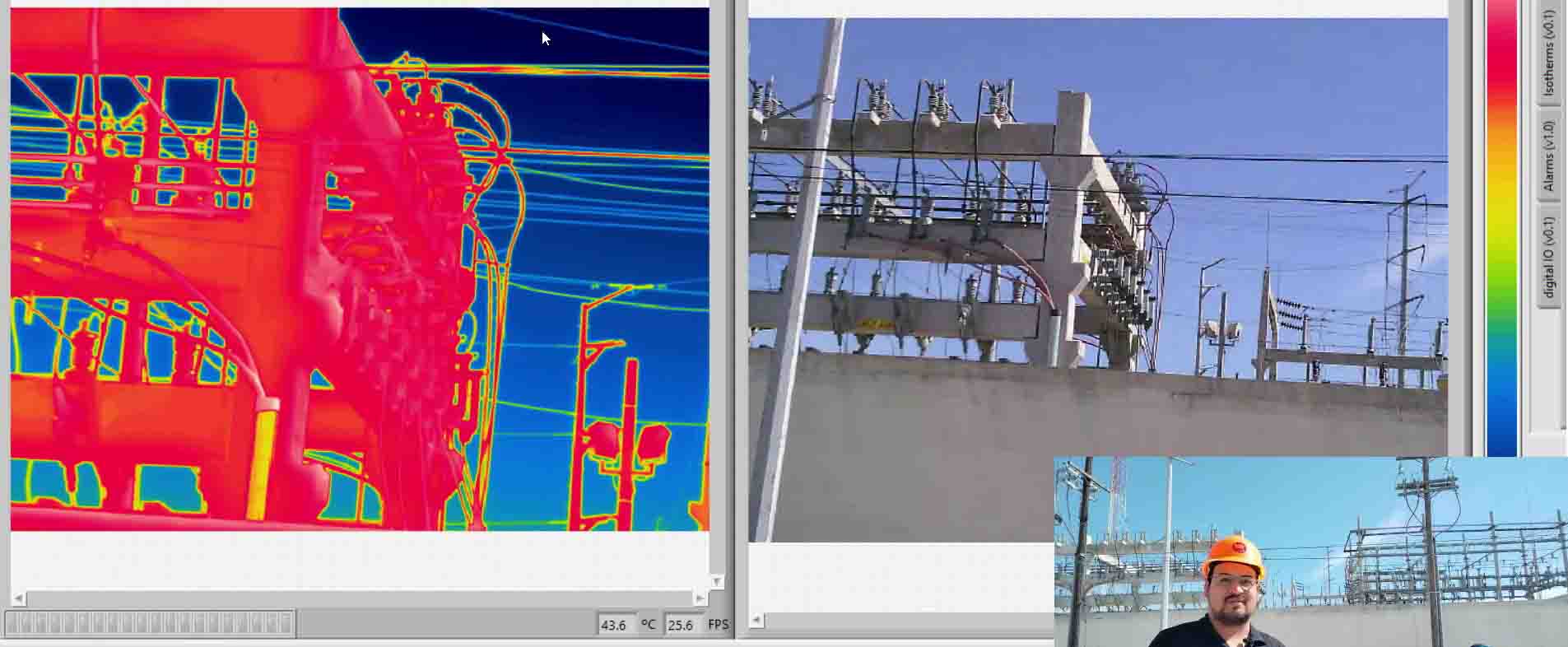Short circuits are a constant problem in mineral electrolysis, both in Electrowinning and Electrorefining, and the bcbElectrolyticIR fixed thermal imaging camera system has allowed companies such as Grupo México in San Luis Potosí (Mexico) to accurately map them inside zinc refining. Short circuits are a constant problem in mineral electrolysis, both in Electrowinning and Electrorefining, and the bcbElectrolyticIRfixed thermal imaging camera system has allowed companies such as Grupo México in San Luis Potosí (Mexico) to accurately map them inside zinc refining.
For miners and metallurgists, electrolysis is considered the nicest part of the refinery. And they do not say it only because of the aesthetics and order that this area maintains, but also because it is the point where the mineral is extracted in its purest form (99.99%); let it be copper, zinc, nickel or cobalt, in addition to others such as gold and silver.

In electrometallurgy there are two electrolysis processes: electrowinning (left image) and electrorefining (right image). The first forms the metal at the cathode from a solution, and the second forms it directly from the anode of these powerful electrodes
The main problem with these processes is precisely short circuits, which produce impurities and deformations in the cathodes, as well as increasing energy consumption. The traditional detection of this condition is carried out by operators, who walk through the cells while carrying out a meticulous search. Furthermore, current health and safety policies demand less presence of personnel in this area due to toxic gases from the solutions and the high voltage of the electrodes.
Being aware of this need, bcb developed a thermographic system that strategically positions fixed cameras throughout the cellhouse to form a map of its temperatures, thus providing a total view of the electrolytic cells to the control room and therefore facilitating the intervention of the operators to undo the short circuits.

Example of a thermal map of an 80 x 20 m zinc electrowinning warehouse
Physically, the bcbElectrolyticIR system is mainly made up of thermographic cameras, which have protection against the corrosive environment generated by the evaporation of sulfuric acid. The images generated by them are acquired by a processor that analyzes them with the bcb software, and issues alarms both on the screen and in different industrial protocols for the PLC (Ethernet IP, Modbus TCP, Profinet or discrete IO) as well as by SMS and mail. The operator also has a rugged display tablet that receives the thermographic image of the cellhouse in real time.
bcbElectrolyticIR stores, processes and integrates thermal data in real time for further study and provides the basis for possible process adjustments. In addition, the software allows communication with the company’s own system (SCADA or Database) to manage all this information, providing users with live temperature measurements on all surfaces in the cell area, image streams, alarms/events and configuration/integrated analysis.

Shown above there are two architecture examples of the bcbElectrolyticIR, which can integrate an unlimited number of thermal imaging cameras.
Using this technology, it is possible to reduce energy consumption per ton (kWh/ton), increasing current efficiency thanks to faster short-circuit detection. In addition, it is possible to detect obstructions in the supply pipes and overflow boxes, optimizing the cell voltage thanks to the detection of dirty busbars and the strictest temperature control. The system improves the quality of the cathodes and reduces the waste of the anodes, and focuses the actions of the operator on the affected cells thanks to the clear configuration and visualization of the alarms, reducing the movements and displacements of operators on the cells.






